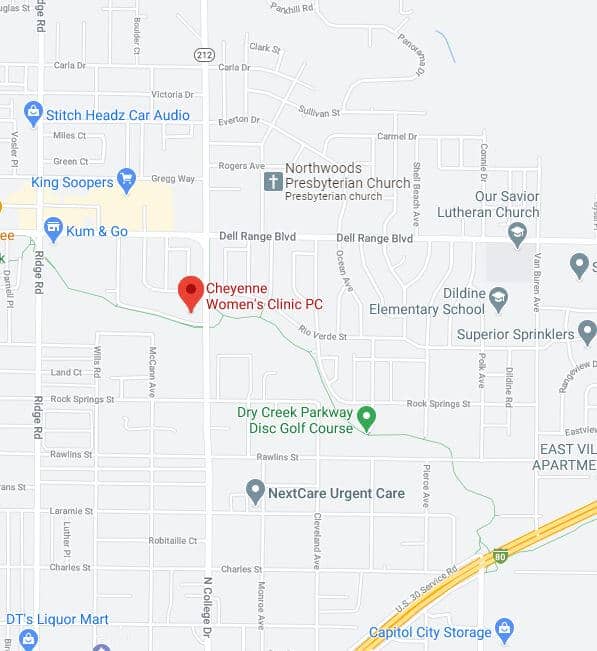What is hormone therapy?
Hormone therapy is a medical treatment that can help relieve the symptoms of menopause and perimenopause. Hormone therapy also is called “hormone replacement therapy” or “menopausal hormone therapy.”
What are menopause and perimenopause?
Menopause is the time in a woman’s life when her menstrual period stops. The average age that women go through menopause is 51. Usually beginning in your mid-40s, you enter a transition phase called perimenopause.
Your hormone levels can go up and down during perimenopause. This can cause symptoms such as hot flashes, vaginal dryness, pain during sex, sleep problems, and night sweats. See The Menopause Years to learn more about menopause and perimenopause.
What are the different types of hormone therapy?
There are two types of hormone therapy, depending on whether you take one hormone or two:
Estrogen only. Estrogen is the primary hormone used in hormone therapy. Sometimes it is called simply “estrogen therapy.”
Estrogen plus progestin. If you have never had a hysterectomy and still have a uterus, you also will need a hormone called progestin. Taking progestin helps reduce the risk of uterine cancer that can occur when estrogen is used alone. There is some evidence that adding progestin may also improve hot flashes. Estrogen plus progestin sometimes is called “combined hormone therapy.”
What are the different types of hormone therapy?
As you approach menopause, your ovaries get smaller and gradually stop making estrogen. Medication that provides estrogen can relieve symptoms of menopause in two ways:
How often is hormone therapy taken?
Estrogen-only therapy is taken daily. There are two ways to combine estrogen and progestin for women who still have a uterus:
You and your ob-gyn can discuss the approach that works best for you.
How should I decide whether to take hormone therapy?
Talk with your ob-gyn about what may work best for you based on your symptoms and your personal and family medical history. If you decide to take hormone therapy, you and your ob-gyn should talk every year about whether to continue hormone therapy. Each year, this decision will depend on your symptoms, risks, and benefits. Some women may need longer therapy if their symptoms go on for a long time.
What are the benefits of hormone therapy?
How does hormone therapy affect my risk of cancer?
Estrogen-only therapy causes the lining of the uterus to thicken, which increases the risk of endometrial cancer. Adding progestin decreases this risk.
Combined hormone therapy is associated with a small increased risk of breast cancer. Women with a history of hormone-sensitive breast cancer should try nonhormonal therapies first to treat menopause symptoms.
Combined hormone therapy also may reduce the risk of colon cancer.
How does hormone therapy affect my risk of heart disease?
Combined hormone therapy is associated with a small increased risk of heart attack for older women. This risk may be related to age, existing medical conditions, and when a woman starts taking hormone therapy.
Some research suggests that combined hormone therapy may protect against heart attacks in women who start combined therapy within 10 years of menopause and who are younger than 60 years. This benefit may be even greater for women taking estrogen alone.
More research is needed on this topic. At this time, combined hormone therapy should not be used solely to protect against heart disease.
What are other risks of hormone therapy?
Hormone therapy may increase the risk of other conditions:
Many of these risks are related to your health and family history. If you are thinking about hormone therapy, it is important to learn as much as you can. Discuss your options and the risks with your ob-gyn.
Who should not take hormone therapy?
Systemic hormone therapy usually is not recommended if you have ever had:
Hormone therapy also is not for pregnant women. Stop taking hormone therapy if you get pregnant or think you may be pregnant.
Potential side effects of hormone therapy include:
Talk with your ob-gyn if these side effects trouble you or last longer than expected. You can discuss adjusting your dosage.
What are alternatives to hormone therapy?
Many women are interested in options other than hormone therapy to treat menopause symptoms. Alternatives include:
It also is important to know that few plant and herbal supplements have been studied for safety or effectiveness. Talk with your ob-gyn about which type of treatment is right for you.
What should I know about bioidentical hormones?
Bioidentical hormones come from plant sources. They are similar to hormones produced by the body. They include commercially available products that are approved by the U.S. Food and Drug Administration (FDA), such as oral progesterone, as well as compounded drugs. A compounded drug is made by a compounding pharmacist using a health care professional’s prescription.
Compounded drugs are not regulated by the FDA. Customized compounded hormones pose more risk because they vary in strength and purity. That means you can take too little or too much of a hormone without knowing it. There also are safety concerns about a kind of compounded drug known as pellet therapy.
There is no scientific evidence that compounded hormones are safer or more effective than standard hormone therapy. The American College of Obstetricians and Gynecologists (ACOG) recommends FDA-approved hormone therapy over compounded hormone therapy.
Are there any other uses of hormone therapy?
Hormone medication may be prescribed for reasons other than menopause. It may be used:






